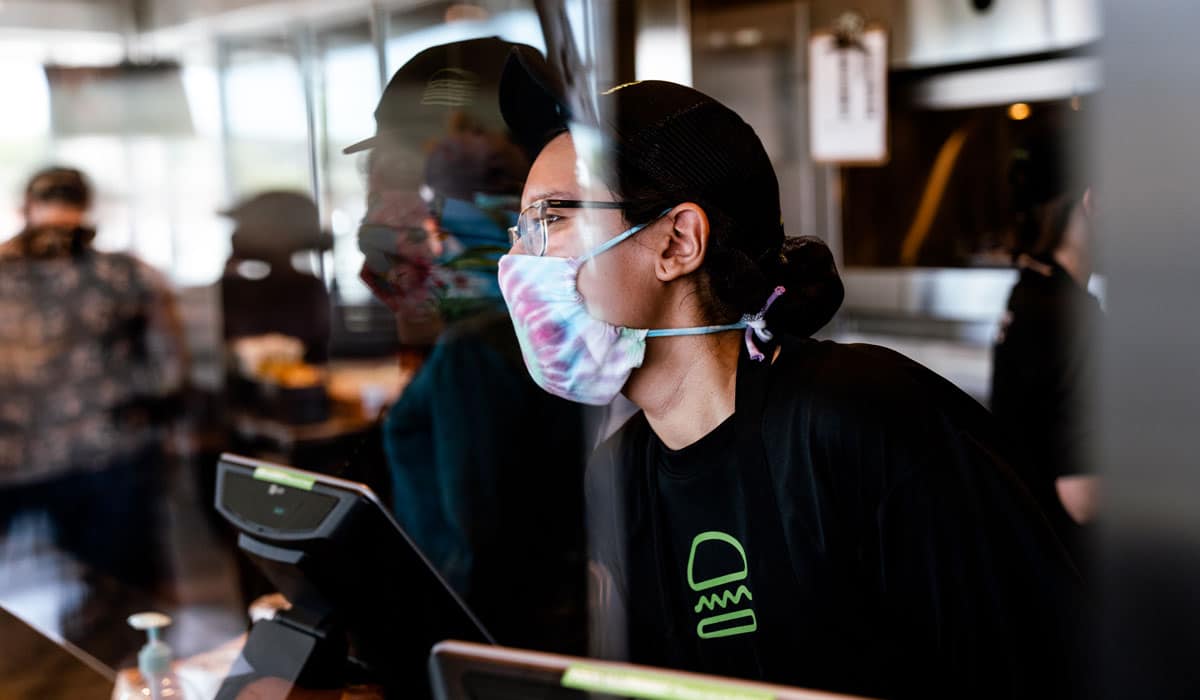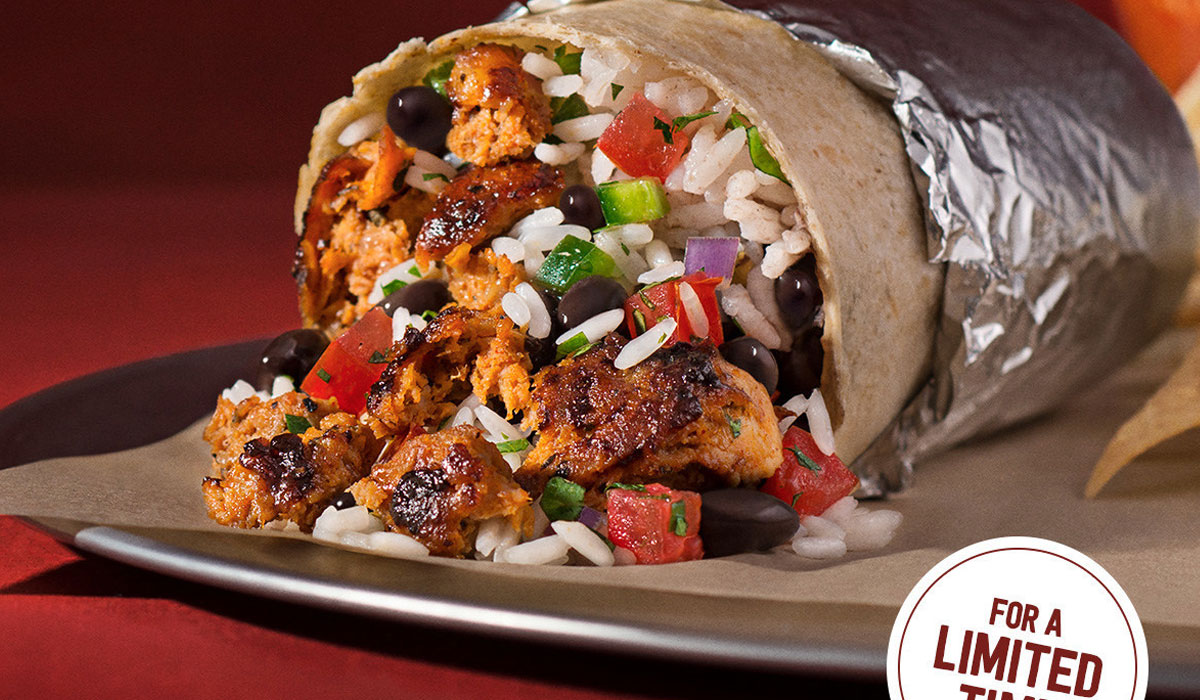During 2021’s second quarter, Chipotle had a staffing problem.
The country’s largest fast casual sought to resolve it by increasing average wage to $15 per hour and signaling to existing teams that pay raises were coming their way, as well. In the coming months, labor stabilized and sales recovered.
A year later, Chipotle finds itself running an AUV of $2.8 million, with 39 percent being digital. CEO Brian Niccol is confident about surpassing $3 million and is also quite sure the brand will talk about eclipsing $4 million at some point. The executive’s optimism comes from the fact staffing remains above 2019 marks and restaurants aren’t experiencing capacity constraints on their front or digital makeline.
Now, the challenge is bringing these newer employees and managers up to speed on how to effectively grow a multi-million-dollar digital and in-restaurant business.
“We’ve got a lot of new people that are still getting trained up on, frankly, the basics of great throughput,” Niccol said during Chipotle’s Q2 earnings call. “And I feel like this is rinse and repeat, but that’s what our business is a little bit, which is we got to have our aces in places, as you know, you got to have the expeditor. You got to have the linebacker. You can’t work around those things to try and service the business. And we just have a lot of new people that don’t understand how important some of those roles are as well as general managers, too. A lot of these managers have gotten promoted over the last 18 months to 24 months.”
READ MORE: Chipotle is Headed to a Small Town Near You
In Q2, systemwide sales lifted 17 percent year-over-year to $2.2 billion, and same-store sales grew 10.1 percent. Through mid-May, comps were projected to reach the high end of previous guidance (10-12 percent), but numbers decelerated toward the back end of the quarter, which Chipotle attributed to a combination of macro pressures, normal seasonality of college-based stores, and handling growth with a relatively new workforce.
To increase throughput among greener staff members, Chipotle launched an ops initiative to retrain workers on the fundamentals of business and implemented a new labor management tool to ensure the right number of employees are scheduled during certain parts of the day.
“Our ability to really put exactly the right people with the right skills at the right time throughout the day to drive throughput has never been better,” CFO John Hartung said. “Now this is a brand-new tool. It’s like learning how to drive a Ferrari. When you first get in the car, it’s a very, very highly sophisticated tool. And so we’re learning how to use that. But the capabilities are much higher than what our previous tool allowed.”
Chipotle also installed customer-facing PIN pads to promote faster and contactless payment options, deployed a new learning management system to provide e-learning courses, updated its POS hardware, and made computer programming enhancements to improve accuracy and throughput. And those are just the near-term solutions. With the future in mind, Chipotle previously announced its experimentation with Chippy, a robot that cooks tortilla chips, and invested in Hyphen, a foodservice platform that created an automated makeline.
For the in-restaurant frontline, Chipotle wants to reach 2013/2014 levels, back when restaurants were fulfilling orders in the high 20s to low 30s on a per 15-minute basis. The brand laid out this goal in 2019 and it began to pay dividends in early 2020 before COVID hit. Niccol said some stores—with teams that have been together for years—are earning $5 million to $7 million, proving restaurants have “tremendous upside” when efficiency is at its best.
“We’re confident that if we can get our team members to understand what it means to be, call it, rush-ready in their places and ready to go, there’s no reason why we can’t get back to those high 20s, low 30s on a per 15-minute basis,” Niccol said.
“… A lot of these folks haven’t experienced how fast the line can move. So I think in some cases, folks think they’re moving pretty quick when in fact we could be moving a lot faster.”

Throughout the quarter, Chipotle saw lower-income consumers pull back their frequency, but Niccol emphasized this isn’t the chain’s primary customer. The majority are higher-end guests, a group that actually increased frequency and likely isn’t trading down.
Transactions grew 3.5 percent to 4 percent in the second quarter, but Chipotle anticipates that trend will ease in the coming weeks because of macroeconomic conditions. Average group sized decreased by 4.5 percent as more consumers move from digital to in-restaurant dining, but the brand believes this trend will ease going forward, too.
Cost of sales in Q2 were 30.4 percent, which is about flat compared to last year thanks to menu price increases offsetting rises in avocados, packaging, dairy, beef, and chicken. Labor costs were 24.8 percent, up 30 basis points from 2021 due to Chipotle’s decision in May of last year to grow wages.
To mitigate these pressures, the brand is planning a 4 percent menu price increase in August. The truth, Niccol said, is that a lot of inflation has stuck versus going away, placing Chipotle in the undesirable position of raising prices again. However, some parts of the business have plateaued, which gives the fast casual some hope that it’s turning a corner. Even with the increases, Niccol still believes Chipotle offers one of the best value propositions in the industry.
“Look, obviously, if our value proposition changes dramatically, we have to reevaluate how we’re providing our customers value,” Niccol said. “I haven’t seen it happen yet. And when you go back and look at the 20-plus years of the company, the thing that drives the best value with our customers is this commitment to food with integrity, it is this commitment to culinary, and then is this commitment to getting you exactly what you want. So I’d be hard-pressed to believe we would want to abandon what makes us Chipotle. And my experience as well as what I’ve seen in the company is our value proposition is very strong. So long as that is the case, we’re going to keep doing what we know drives value with our customers.”
Chipotle opened 42 restaurants in Q2, 32 of which were Chipotlanes. That puts the brand at 3,052 units (430 Chipotlanes) systemwide. The fast casual’s pipeline supports its target of 8-10 percent annual unit growth, with more than 80 percent being Chipotlanes, which generate higher AUV and margins. For the year, the company expects 235-250 openings, assuming construction, permit, and material supply delays don’t worsen.
With the planned price increase in August, Chipotle’s Q3 comps are expected to be in the mid- to high-single digits.







